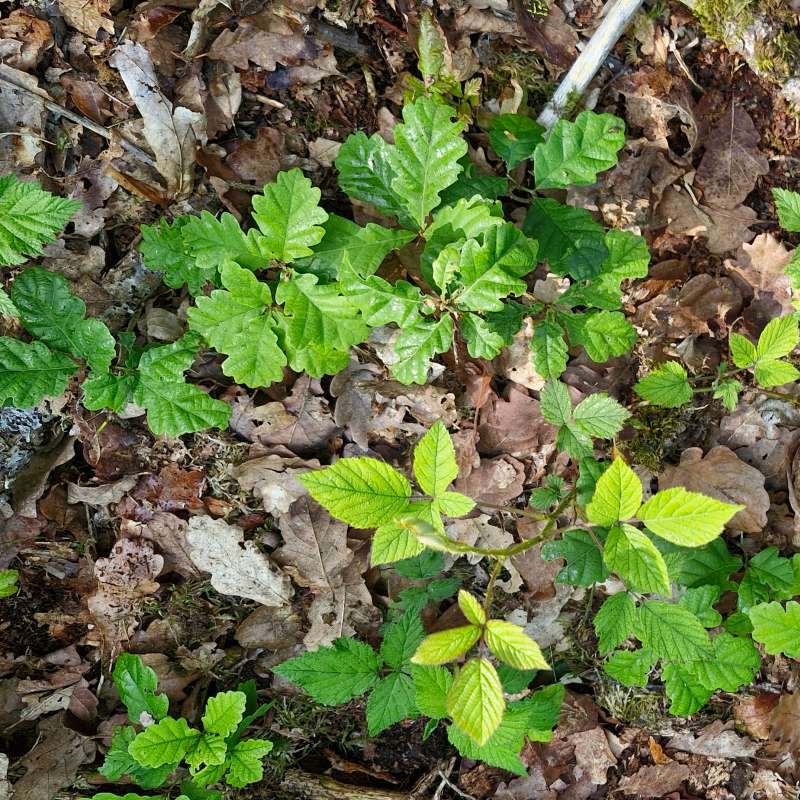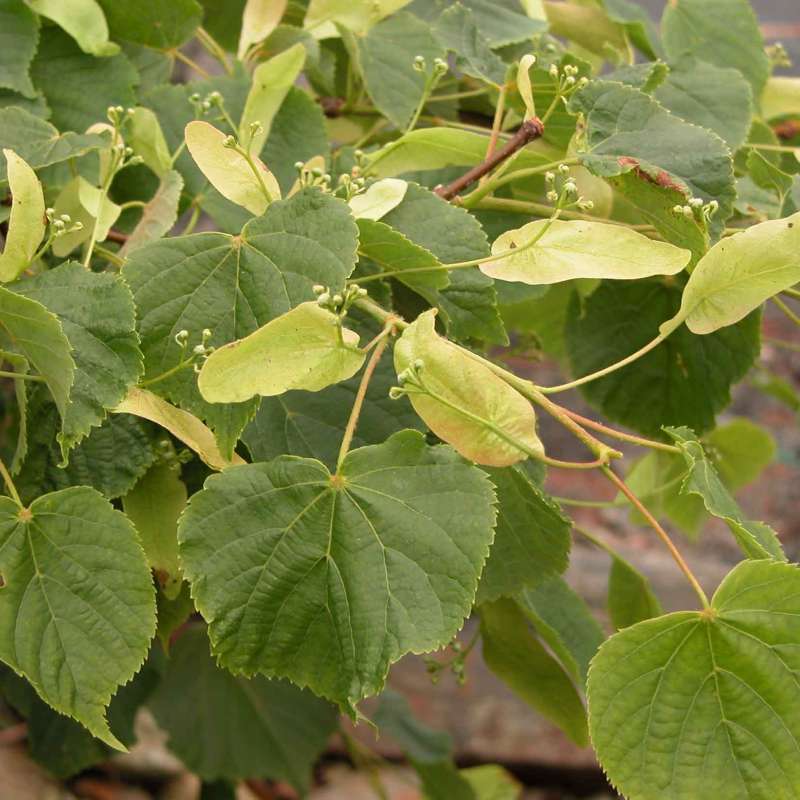Adam Vivian-Smith
Forsker
(+47) 924 76 773
adam.vivian-smith@nibio.no
Sted
Ås - Bygg H8
Besøksadresse
Høgskoleveien 8, 1433 Ås
Forfattere
Anders Ræbild Kesara Anamthawat-Jónsson Ulrika Egertsdotter Juha Immanen Anna Monrad Jensen Athina Koutouleas Helle Jakobe Martens Kaisa Nieminen Jill Katharina Olofsson Anna-Catharina Röper Jarkko Salojärvi Martina Strömvik Mohammad Vatanparast Adam Vivian-SmithSammendrag
Polyploidy, or genome doubling, has occurred repeatedly through plant evolution. While polyploid plants are used extensively in agriculture and horticulture, they have so far found limited use in forestry. Here we review the potentials of polyploid trees under climate change, and investigate if there is support for increased use. We find that polyploid trees like other plants have consistent increases in cell sizes compared to diploids, and that leaf-area based rates of photosynthesis tend to increase with increasing levels of ploidy. While no particular trend could be discerned in terms of biomass between trees of different ploidy levels, physiology is affected by polyploidization and several studies point towards a high potential for polyploid trees to adapt to drought stress. The ploidy level of most tree species is unknown, and analysis of geographical patterns in frequencies of polyploid trees are inconclusive. Artificial polyploid trees are often created by colchicine and in a few cases these have been successfully applied in forestry, but the effects of induced polyploidization in many economically important tree species remains untested. Polyploids would also be increasingly useful in tree breeding programs, to create synthetic hybrids or sterile triploids that could control unwanted spreading of germplasm in nature. In conclusion, this review suggests that polyploid trees may be superior under climate change in some cases, but that the potential of polyploids is not yet fully known and should be evaluated on a case-to-case basis for different tree species.
Forfattere
Simo Maduna Adam Vivian-Smith Ólöf Dóra Bartels Jónsdóttir Albert Imsland Cornelya Klutsch Tommi Nyman Hans Geir Eiken Snorre HagenSammendrag
We determined the mitogenome of Cyclopterus lumpus using a hybrid sequencing approach, and another four closely related species in the Liparidae based on available next-generation sequence data. We found that the mitogenome of C. lumpus was 17,266 bp in length, where the length and organisation were comparable to those reported for cottoids. However, we found a GC-homopolymer region in the intergenic space between tRNALeu2 and ND1 in liparids and cyclopterids. Phylogenetic reconstruction confirmed the monophyly of infraorders and firmly supported a sister-group relationship between Cyclopteridae and Liparidae. Purifying selection was the predominant force in the evolution of cottoid mitogenomes. There was significant evidence of relaxed selective pressures along the lineage of deep-sea fish, while selection was intensified in the freshwater lineage. Overall, our analysis provides a necessary expansion in the availability of mitogenomic sequences and sheds light on mitogenomic adaptation in Cottoidei fish inhabiting different aquatic environments.
Sammendrag
Det er ikke registrert sammendrag

Divisjon for skog og utmark
OakBreed: Motorveien til genetisk forbedret eikefrø
OakBreed-prosjektet har som mål å etablere langsiktig foredling av eik i Norge. Fokus er på to hjemmehørende arter: sommereik (

Divisjon for skog og utmark
OptFORESTS - Harnessing forest genetic diversity for increasing options in the face of environmental and societal challenges
OptFORESTS har som overordnet mål å bidra til bevaring og bruk av skogtregenetiske ressurser i Europa og er en oppfølging av ambisjonen i EUs grønne giv (Green Deal) om å plante 3 milliarder trær i EU innen 2030. Skogplantingen vil øke karbonbindingen og tilføre samfunnet mer trevirke som en sentral del av grønn omstilling. OptFORESTS rolle er å utvikle både skogfaglig og sosiokulturell kunnskap for å kunne ta flere treslag i bruk i skogbruket, bidra til restaurering av skog og øke produksjonskapasiteten i skogplanteskolene i Europa. NIBIO er sammen med 18 andre institusjoner fra 15 land partner i dette prosjektet som går helt til 2027.
